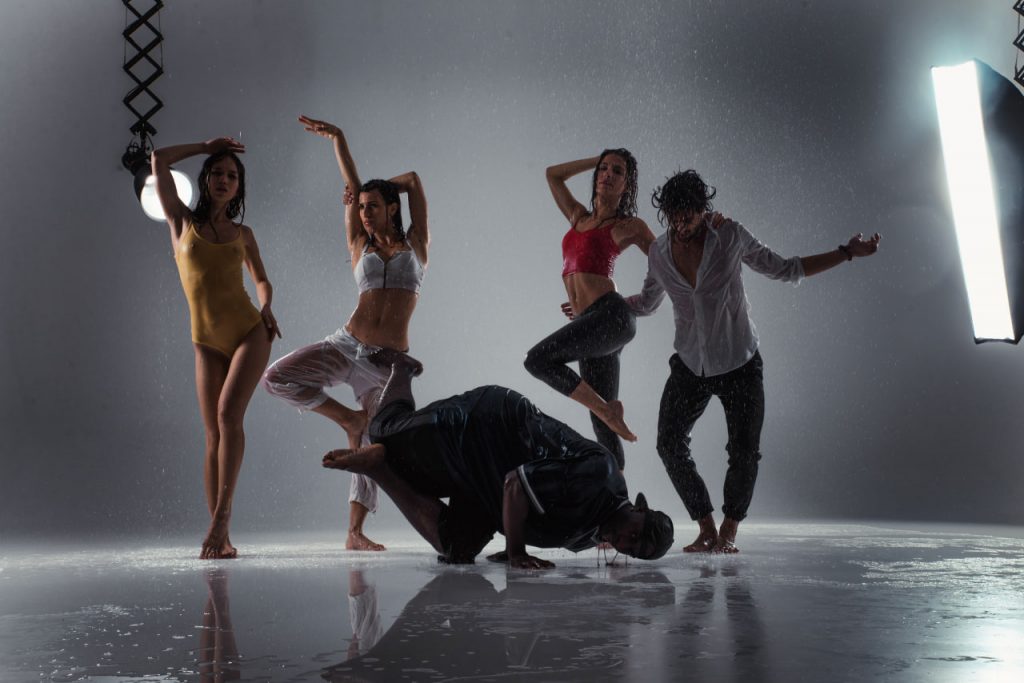Modern dance is a dynamic and ever-evolving art form that blends tradition with innovation. Over the years, it has transformed from rigid classical movements to expressive, free-flowing styles that push the boundaries of movement and creativity.
The Origins of Modern Dance
Modern dance emerged in the early 20th century as a rebellion against the structured techniques of ballet. Pioneers like Isadora Duncan and Martha Graham introduced movements that emphasized emotion, personal expression, and natural motion rather than strict forms.
The Influence of Different Cultures
As dance evolved, it absorbed elements from diverse cultures worldwide. Latin rhythms, African beats, and contemporary urban styles all contributed to the richness of modern dance, making it a truly global phenomenon.
The Role of Technology in Dance
Today, technology plays a significant role in modern dance. Projection mapping, virtual reality, and motion sensors allow dancers to interact with digital elements, creating immersive performances that redefine storytelling through movement.
Why Modern Dance Remains Popular
Modern dance remains a favorite among performers and audiences because of its versatility. Whether performed in theaters, music videos, or street performances, it continues to captivate with its fluidity, emotion, and endless possibilities for artistic expression.
2. How Dance Improves Your Physical and Mental Well-being
Dancing is more than just an art form—it’s a powerful way to improve both physical health and mental well-being. Whether you’re a professional dancer or just moving for fun, the benefits of dance are undeniable.
Physical Benefits of Dance
- Full-body workout: Dance engages multiple muscle groups, improving flexibility, strength, and endurance.
- Cardiovascular health: High-energy styles like hip-hop and contemporary dance boost heart rate and stamina.
- Better posture and coordination: Regular practice enhances balance, agility, and body awareness.
Mental and Emotional Benefits
- Stress relief: Dancing releases endorphins, reducing stress and boosting mood.
- Increased confidence: Learning new moves and performing in front of others enhances self-esteem.
- Cognitive benefits: Memorizing choreography strengthens memory, focus, and problem-solving skills.
Dance as a Social and Creative Outlet
Dancing is also a great way to connect with others. Whether in a studio, at a party, or in an online class, it fosters social interactions and self-expression, making it a perfect combination of fitness and creativity.
3. The Most Popular Modern Dance Styles You Should Try
With so many modern dance styles available, there’s something for everyone. Whether you prefer fast, energetic movements or smooth, expressive flows, here are some of the most popular styles today.
1. Hip-Hop Dance
Originating in the streets of New York, hip-hop dance is full of energy, attitude, and rhythm. It incorporates popping, locking, breaking, and freestyle elements, making it a fun and expressive style.
2. Contemporary Dance
A mix of ballet, jazz, and modern techniques, contemporary dance focuses on fluid movements, emotion, and storytelling through motion. It’s known for its grace and athleticism.
3. Jazz Dance
With its roots in African and Caribbean rhythms, jazz dance is energetic, sharp, and full of personality. It is widely used in musical theater and commercial performances.
4. Lyrical Dance
Lyrical dance is a blend of ballet and contemporary, focusing on storytelling through movement. Dancers use emotion to bring music lyrics to life, creating a powerful connection between motion and sound.
5. House Dance
Originating from underground club culture, house dance is a high-energy style that incorporates footwork, fast-paced moves, and improvisation, making it a great cardio workout as well.
Each of these styles offers something unique, so why not explore them and find the one that speaks to you?
4. How to Prepare for Your First Dance Class: A Beginner’s Guide
Starting a dance class for the first time can feel both exciting and intimidating. Whether you’re learning for fun or planning to train seriously, here’s how to prepare for your first session.
1. Choose the Right Dance Style
Before signing up, explore different dance styles to find one that matches your interests and fitness level. If you enjoy fast-paced music, hip-hop or jazz might be a great fit. If you prefer fluid and expressive movement, contemporary or lyrical dance could be ideal.
2. Wear the Right Outfit
Comfort is key when dancing. Wear breathable clothing that allows you to move freely. Depending on the dance style, you may need special footwear—ballet slippers, jazz shoes, or sneakers for hip-hop.
3. Warm Up Properly
Dancing is a full-body activity, so warming up before class is essential to prevent injuries. Stretching and light cardio exercises help prepare your muscles and joints for movement.
4. Stay Open to Learning
Your first class might be challenging, but that’s part of the process! Don’t be afraid to make mistakes—learning takes time, and every dancer starts as a beginner. Focus on enjoying the experience and having fun.
Dancing is not just about technique but also about expression and creativity. So step into the studio with confidence and let yourself move to the rhythm!
